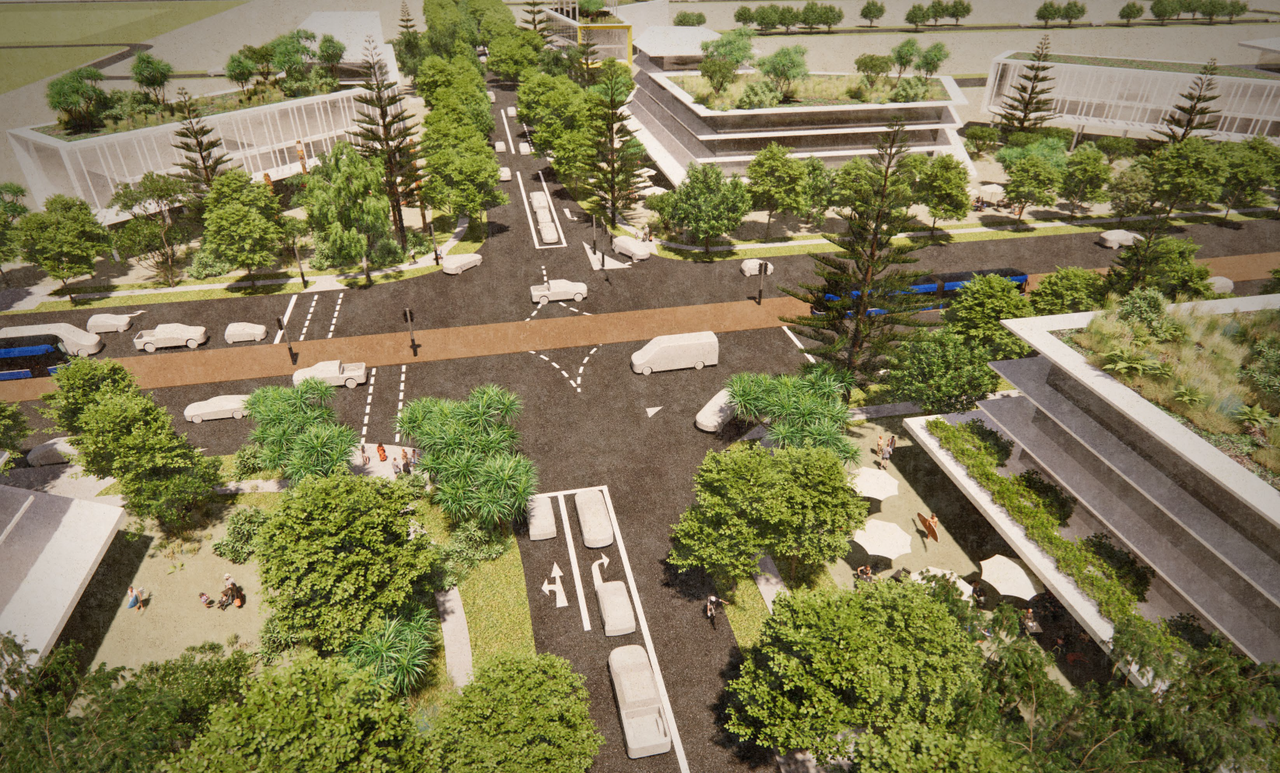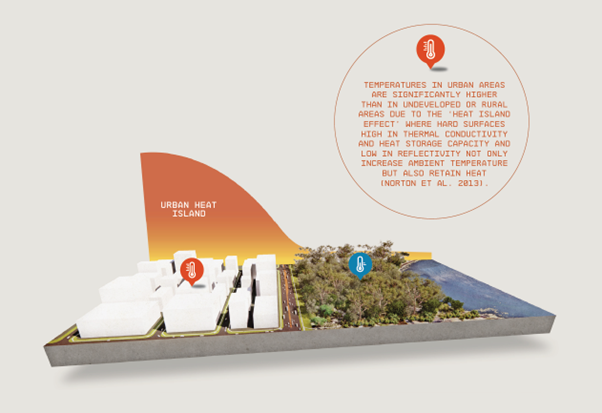

Let’s beat heat in the street
Climate research is cool, in more ways than you might think.
Living on the Sunshine Coast, we’re no strangers to the impacts of heat. But you may be surprised to find out that the urban places where we live, work and play, can be much hotter than rural areas and uncrowded neighbourhoods.
This is known as the urban heat island effect. As part of our mission to enhance the liveability in our urban areas, Council has embarked on a research project with the University of the Sunshine Coast to find answers to the burning question, “how cool are our urban forests?”.
The aim of the research is to figure out the most effective ways to cool local urban hotspots. Specifically, we're looking at green infrastructure, sustainable design, and planning policy. First, we identify the best opportunities for our policies and practices to support urban greening. Then we map out where “heat islands” or hotspots are occurring in the region. Finally, we run a simulation of these hotspots during extreme heat. This helps us to understand how people experience heat and what elements in the street lessen or worsen these impacts.
So far, the research has emphasised how cool our street trees really are. Trees were able to cool down surface temperatures by up to 15°C. We also highlighted the impact of tall buildings blocking or channelling breezes, which is an important factor for how people feel the heat. With the knowledge of where hotspots are occurring, we can target street tree planting to help our communities, especially for those who may be more vulnerable to heat stress.
This research is an ongoing project that will continue to influence our planning towards creating a climate ready community.


You may also be interested in
Open space
Open space is our network of sport and recreation, trails and paths, and nature spaces.
Neighbourhoods and housing
Our region is a mix of coastal living and a relaxed, productive and rural lifestyle.
Sustainable design
Sustainable design supports healthy, cost effective and functional buildings.